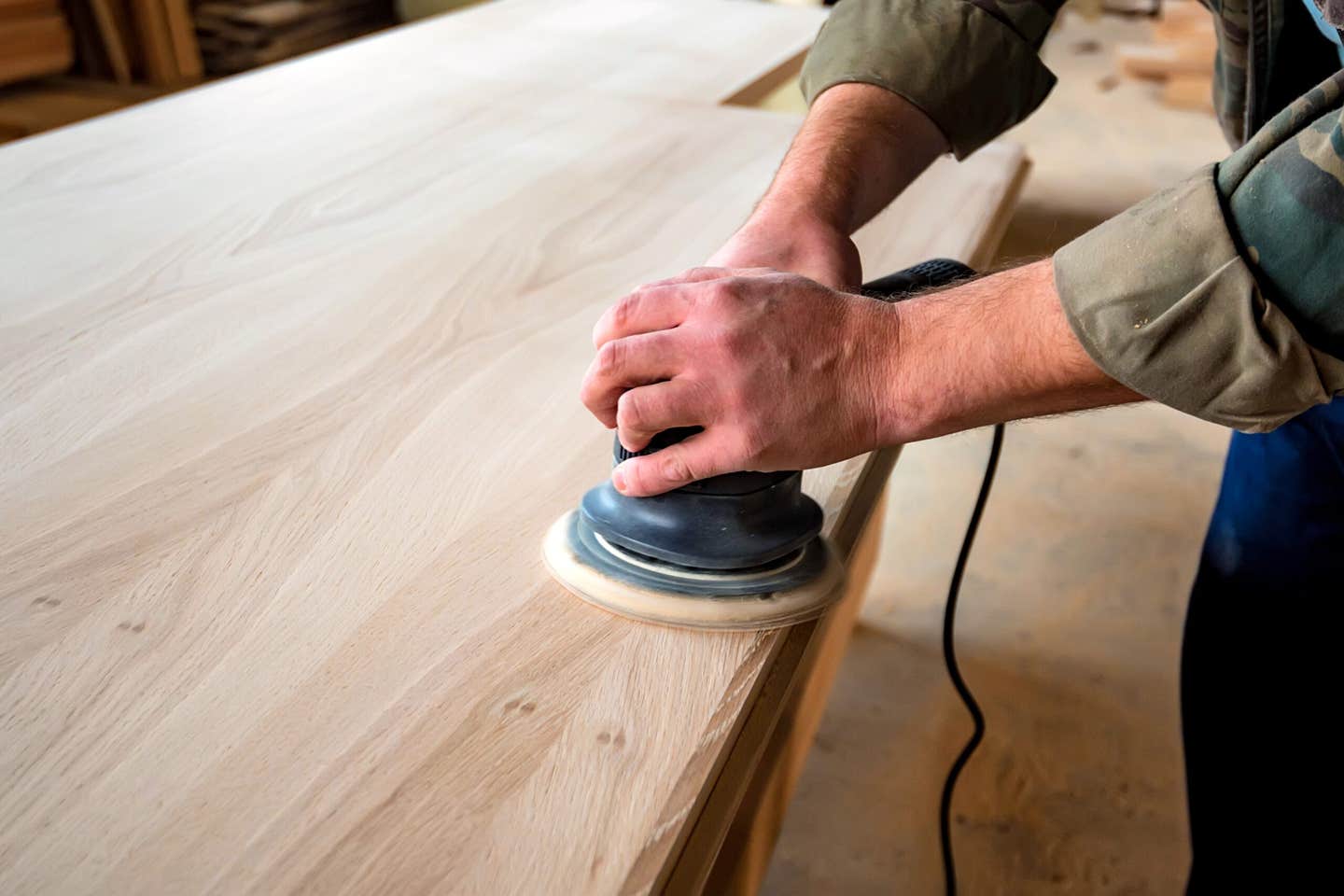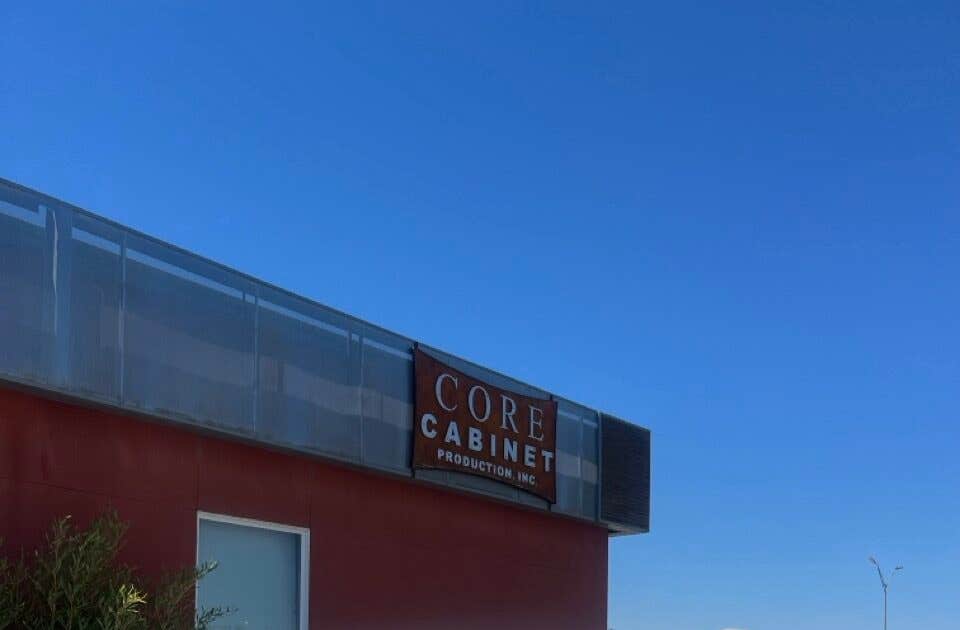Charging into the future
In August, woodworkers flocked to the IWF in Atlanta for a look at new machinery and technology, including the next wave of cordless power tools and battery innovations. Manufacturers interviewed…
In August, woodworkers flocked to the IWF in Atlanta for a look at new machinery and technology, including the next wave of cordless power tools and battery innovations. Manufacturers interviewed by Woodshop News say today’s cordless trends include making tools smaller and lighter without compromising run time, increasing durability and, above all, making the tools and batteries compatible within their lines to assure consumers stick with their respective brands.
Bosch product manager Nick Feld says technology has shifted to lithium-ion batteries as the driving force in cordless technology after years of nickel-cadmium use.
The company is continually upgrading its line of lithium-ion batteries and creating new tool types that are adaptable with the technology.
“When we look at the last couple of years, lithium-ion didn’t hit the scene hard until about 2007. It had a slow adoption rate and [nickel cadmium] was still preferred,” says Feld. “There was a cost increase with lithium-ion that people didn’t understand and, from a visual perspective, I remember bigger was always better. That was always promoted in commercials. When lithium-ion came out, you had all of these smaller and much lighter weight tools and it was hard to understand that, yes, it’s not just better in size and weight, but also offers comparable time performance.”
Feld predicts that lithium-ion will continue as the standard for the next several years, as other industries are now incorporating the technology into their products. Engineers are working to create more advanced and higher-density cells to provide an even better power-to-weight ratio with future batteries that have a higher amp capacity and longer run time.
“In terms of what’s to come in the way of battery technology, there are a lot of alternative chemistries being developed, evaluated, and there are some things that are very much in their infancy. We try to be on the cutting edge. Right now, [lithium-ion] is still leading.”
One of the trends he sees with woodworkers is their desire for more compact tools, which is made easier by the lithium-ion technology.
“People want smaller, lighter tools with more run time. That comes from a better designed battery pack and higher efficiencies from a well-designed tool with a powerful motor. Those things in sync give you power and performance of run-time advantages.”
Bosch recently introduced an 18-volt 3-1/4” planer, model PLH181K. It offers a full 3-1/4” cutting width, adjustable to 1/16” for maximum cutting precision. It has an electronically counterbalanced single-blade design system that automatically positions the blade at an ideal cutting angle to reduce drag and enable faster operation and smooth cutting. The chip ejection switch can be switched to the left or right for convenience. It also has electronic cell protection to protect batteries from overload and a flexible power system making it compatible with both of Bosch’s Fat and Slim Pack batteries.
Feld says Bosch will launch a brushless motor platform for cordless tools in 2013. A brushless motor runs longer and requires less maintenance. Brushless technology isn’t new — it’s long been used to power ceiling fans and professional hairdryers, for example — but has recently become less expensive to produce.
DeWalt product manager John Castelino recognizes lithium-ion as the trend-setter, but isn’t ready to abandon nickel-cadmium batteries.
“[Nickel-cadmium] has performance advantages in extreme weather. In extreme heat or extreme cold, [nickel-cadmium] still performs significantly better than lithium does, so we will continue to see it in our line. Also, the cost of [nickel-cadmium] is still significantly below that of lithium,” says Castelino.
DeWalt has already brought three 20-volt impact drivers to market with brushless motors and lithium-ion batteries.
“We chose to start with the impact driver because it actually takes advantage of the brushless technology more than any other tool would,” says Castelino. “What users are looking for in a brushless application is longer run time and, with our impact driver utilizing a brushless motor, we’re able to deliver significantly more runtime — in certain cases 50 percent more than with brushed motor.”
DeWalt’s smallest impact driver, the compact model DCF895C2, is ideal for woodworkers, according to Castelino. It measures 5-1/4” in length and weighs just 3 lbs., and has a push-button chuck for one-handed operation.
DeWalt is also expanding its two lithium-ion cordless product platforms: the 12-volt and 20-volt Max lines.
“Overall, we don’t see brushless motor technology becoming the only technology available to cordless power tools. We still think traditional brushed motor technology will have a significant role to play in cordless power tools,” says Castelino.
The company’s goal is to keep its loyal customers happy and part of that means having a link to the past. DeWalt’s new batteries — and this is true with many of the leading cordless tool manufacturers — are compatible with older tools of the same voltage.
“Batteries are not interchangeable by voltage,” says Castelino. “If you try to make a tool that fits multiple voltages, you’ll sacrifice ergonomics to a certain degree. We separate tools very purposefully. A 12-volt tool will be designed with a focus on ergonomics because it’s a smaller tool. A 20-volt will be designed with a focus on performance. We don’t want to compromise any attributes in either platform.”
DeWalt has recently introduced a combination dual port fast charger, model DCB103. One port charges 12- to 20-volt Max lithium-ion batteries, and the second charges the brand’s 7-2- to 18-volt nickel-cadmium, nickel-metal hydride and lithium-ion batteries.
“The new charger is a convenient solution for our customers to maintain battery power on the job site, whether they’re working with a slide- or tower-style battery pack. With 69 million 18-volt tower-style battery packs actively being used in the U.S. market, and rapidly growing, 12-volt Max and 20-volt Max systems, professionals are in need of a charger to perform efficiently on the jobsite. The new dual charger has the ability to support both tower-and slide-style battery packs simultaneously.”
Festool product manager Rick Bush says that with the exception of the company’s CXS version drills, all five of the company’s cordless drills can share batteries.
“As we look to extend our cordless offering later this year, we’ll be adding an impact drill that will also be running off existing battery technologies because there’s great value for the customer to be able to use an existing battery lineup. No one wants to have a different type of battery for every cordless tool they have. That’s usually why they stay within a brand,” says Bush.
Bush says he’s noticed a series of ‘voltage wars’ through the years, with preferences going up and down the 12- to 18-volt range. He says Festool customers are more partial to the 12-volt tools because of size and weight.
“Battery technologies have plateaued in terms of chemistries. There haven’t really been any huge advances in lithium-ion technology,” say Bush. “It’s a blessing that power tools have become so much lighter. Brushless motors are becoming popular because the technology used to be extremely expensive, technically difficult to work with and really not feasible because it’s a hard sell for manufacturers. But for the future for power tools, these will be lighter, more durable, and run longer on a charge.
Bush says Festool will be launching a brushless-motor jigsaw very soon.
Festool has recently introduced the Syslite, a portable work lamp with six 3-watt LED lights, powered by a long-lasting internal battery. Each charge lasts up to four hours, according to Bush. “It’s extremely robust, which is what you would expect from a work light for a job site. It’s quite large so it can light up a whole room or help you see inside a cabinet. Its design has a 170-degree diffusion of light.”
Hitachi Power Tools has added an 18-volt lithium-ion impact driver with a brushless motor, model WH18DBDL. It measures about 6” in length and weighs 3.7 lbs. It features a digital control panel, allowing users to select the speed and operate the LED worklight. The company says its new charger for brushless tools, model UC18YRSL, will refresh 14.4- and 18-volt lithium-ion slide-type batteries in about 45 minutes or less.
Makita has expanded its line of 18-volt LXT lithium-ion brushless tools with an imp act driver, model LXD708, which delivers up to 2,500 rpm for a wide range of applications. It measures 5-1/2” long and weighs 3.4 pounds. Other features include an LED worklight, belt clip that attaches to either side of the tool, and rubber grip.
The company also has a new 18-volt LXT lithium-ion multitool kit, model LXMTO25, with 14 cutting and sanding accessories.
Porter-Cable has a new 18-volt oscillating multitool, model PCC501B, compatible with the brand’s lithium-ion and nickel-cadmium batteries.
“When we spoke to users they really appreciated the versatility of using the oscillating multi-tool for many different applications, but they also expressed their frustration with a lack of run time,” Porter-Cable group product manager Wil Granger says. “With our customers’ frustrations in mind, we are launching an 18-volt cordless oscillating tool under $200. This tool is designed to meet the needs of professionals and help provide increased productivity on the job site with longer runtime per charge.”
This article originally appeared in the August 2012 issue.







